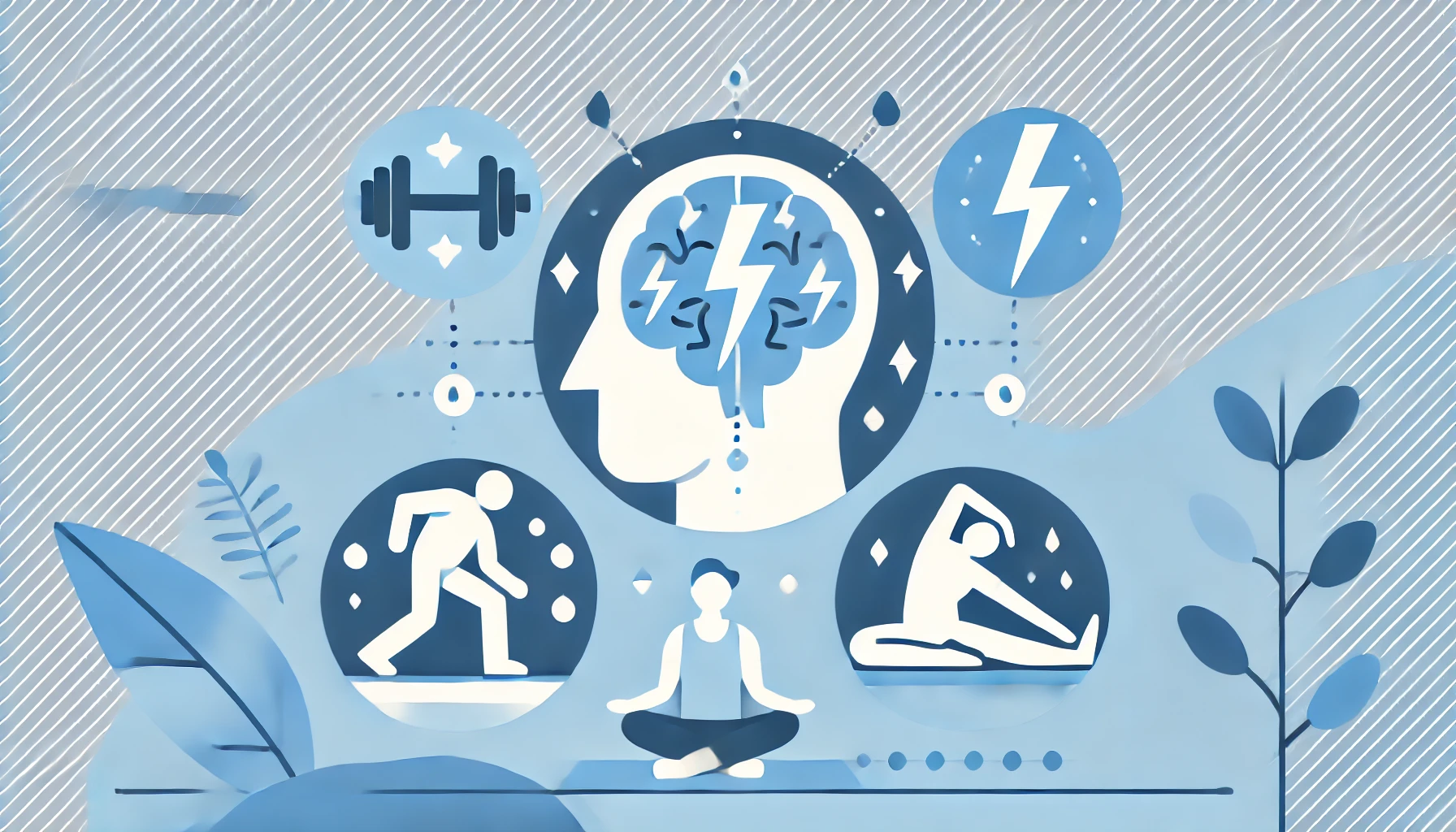Migraines are a debilitating neurological condition that affects millions of people worldwide, including many Canadians. Characterized by intense, throbbing pain, often on one side of the head, migraines can significantly impact daily life and productivity. While regular exercise is known to offer numerous health benefits, it can be a double-edged sword for migraine sufferers. The right exercise routines can help prevent migraines, but overexertion or improper techniques can trigger them. In this comprehensive guide, we’ll explore migraine-friendly exercise routines and tips to help manage your migraines effectively.
Understanding Migraines
Migraines are more than just severe headaches. According to the Mayo Clinic, migraines are a complex neurological disorder that can cause significant pain for hours to days. They are often accompanied by other symptoms such as nausea, vomiting, and extreme sensitivity to light and sound. Migraines can be triggered by various factors, including stress, hormonal changes, certain foods, environmental changes, and physical exertion.
The Benefits of Exercise for Migraine Prevention
Regular physical activity can offer several benefits for migraine sufferers:
- Stress Reduction:
- Exercise is a natural stress reliever. It helps release endorphins, the body’s natural painkillers, which can reduce stress and prevent migraines.
- Improved Sleep:
- Regular exercise can improve sleep quality, which is crucial for migraine prevention.
- Weight Management:
- Maintaining a healthy weight through exercise can reduce the frequency and severity of migraines.
- Enhanced Circulation:
- Exercise improves blood flow, which can help reduce the occurrence of migraines.
Migraine-Friendly Exercise Routines
Here are some migraine-friendly exercise routines that can help you stay active without triggering migraines:
- Walking:
- Walking is a low-impact exercise that can be done anywhere and is easy on the joints. Aim for a brisk 30-minute walk several times a week to reap the benefits.
- Yoga:
- Yoga combines physical postures, breathing exercises, and meditation to promote relaxation and reduce stress. Certain yoga poses, such as Child’s Pose and Legs Up the Wall, can be particularly effective for migraine relief.
- Swimming:
- Swimming is a low-impact, full-body workout that is gentle on the joints. The buoyancy of the water helps reduce muscle tension and can provide relief from migraine symptoms.
- Pilates:
- Pilates focuses on core strength, flexibility, and controlled movements. It can help improve posture and reduce muscle tension, which are beneficial for migraine prevention.
- Stretching:
- Regular stretching can help reduce muscle tension and improve flexibility. Incorporate stretching into your daily routine, focusing on the neck, shoulders, and back.
- Tai Chi:
- Tai Chi is a form of martial arts that involves slow, deliberate movements and deep breathing. It promotes relaxation and reduces stress, making it an excellent choice for migraine sufferers.
Tips for Exercising with Migraines
- Start Slow:
- If you’re new to exercise or haven’t been active for a while, start with low-intensity activities and gradually increase the duration and intensity.
- Stay Hydrated:
- Dehydration is a common migraine trigger. Drink plenty of water before, during, and after exercise to stay hydrated.
- Warm-Up and Cool Down:
- Always warm up before starting your workout and cool down afterwards. This helps prepare your body for exercise and prevents sudden changes in blood flow.
- Listen to Your Body:
- Pay attention to how your body feels during exercise. If you experience any warning signs of a migraine, such as auras or increased sensitivity to light, or increase in migraine symptoms stop exercising and rest.
- Avoid Overexertion:
- Pushing yourself too hard can trigger migraines. Find a balance that allows you to stay active without overexerting yourself.
- Maintain a Consistent Routine:
- Consistency is key to reaping the benefits of exercise. Aim for regular, moderate exercise sessions rather than sporadic, intense workouts.
- Choose the Right Environment:
- Exercise in a comfortable environment with proper ventilation and lighting. Avoid exercising in extreme temperatures or bright, flickering lights, which can trigger migraines.
When to Seek Professional Help
If you experience frequent migraines despite following these tips, it may be time to seek professional help. Here are some signs that you might need to consult a healthcare provider:
- Chronic Migraines:
- Experiencing migraines more than a few times a month, especially if they interfere with your daily life.
- Exercise-Induced Migraines:
- Consistently experiencing severe migraines triggered by physical activity.
A healthcare provider can help diagnose and treat underlying conditions that may be contributing to your migraines and provide additional strategies for migraine prevention.
Conclusion
Regular exercise offers numerous health benefits and can be a valuable tool in preventing migraines. By choosing migraine-friendly exercise routines and following practical tips, you can stay active and reduce the frequency and severity of migraines.
At The Health League, our team of experienced healthcare providers is dedicated to providing personalized care for migraine sufferers. Contact us today to learn more about how we can help you manage and reduce your migraine symptoms effectively.
For more information on exercise and migraine prevention, visit reputable sources such as WebMD and the Canadian Migraine Society. Empower yourself with knowledge and take proactive steps towards better migraine management.
